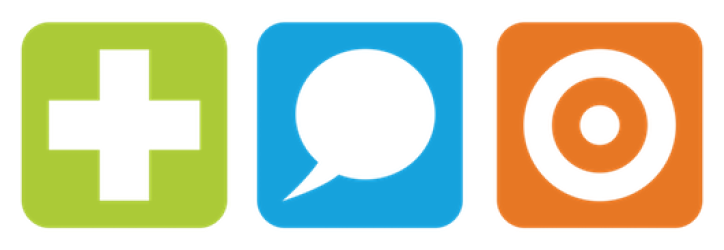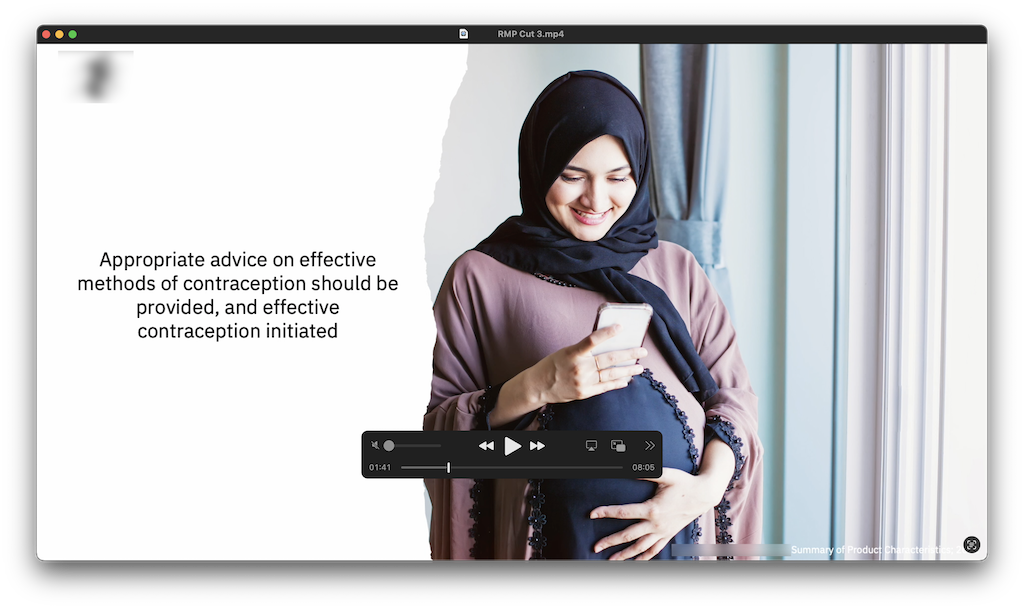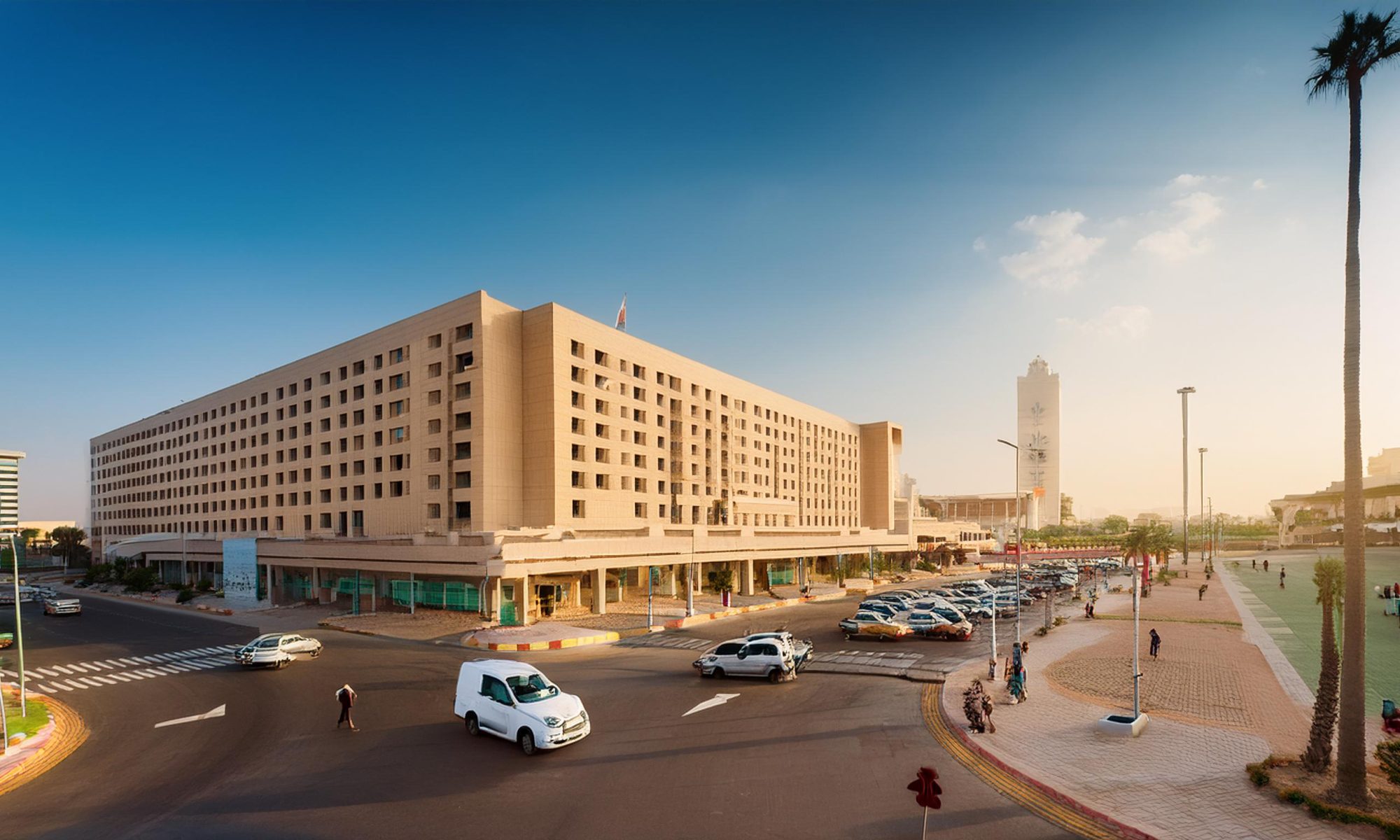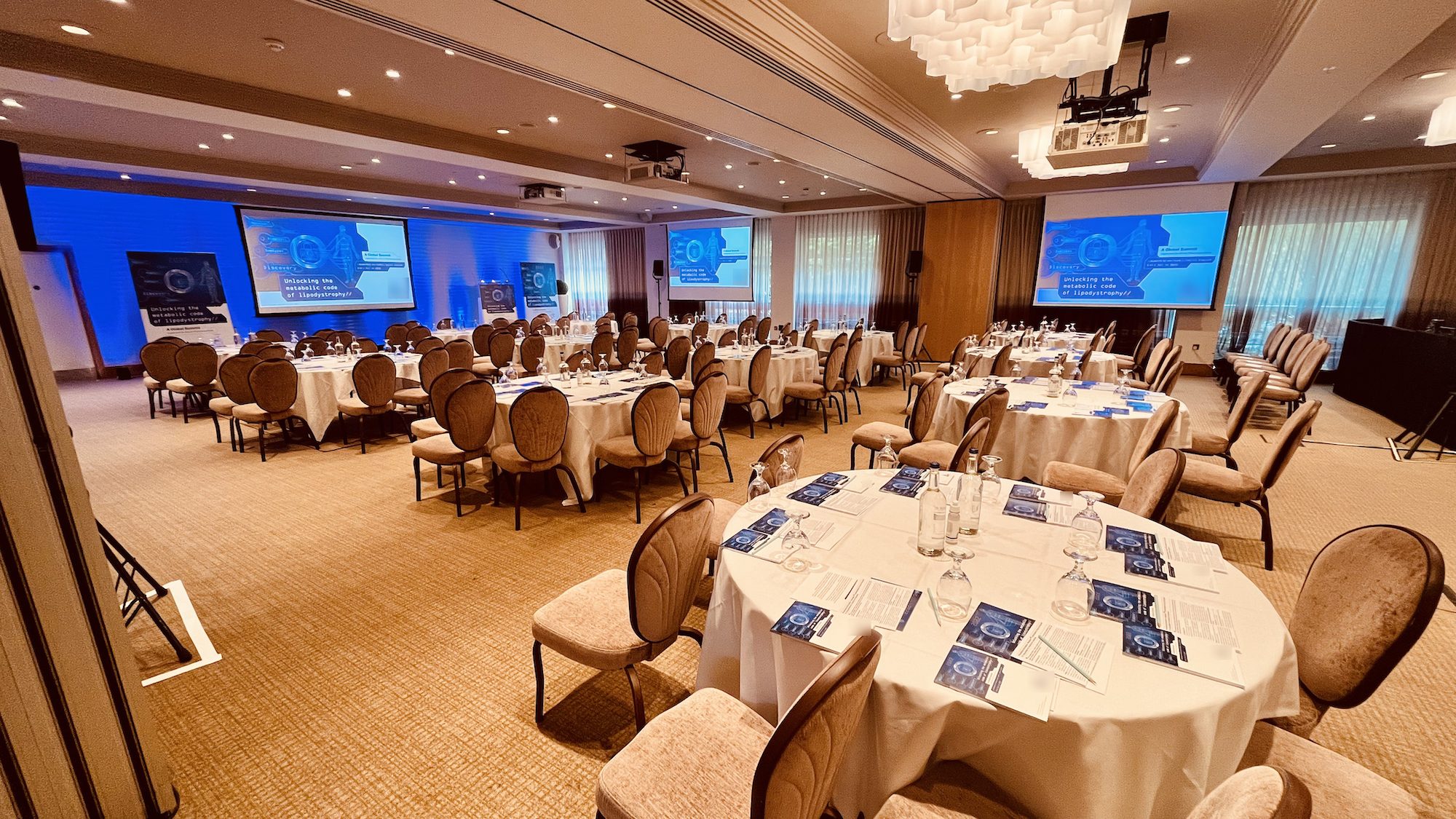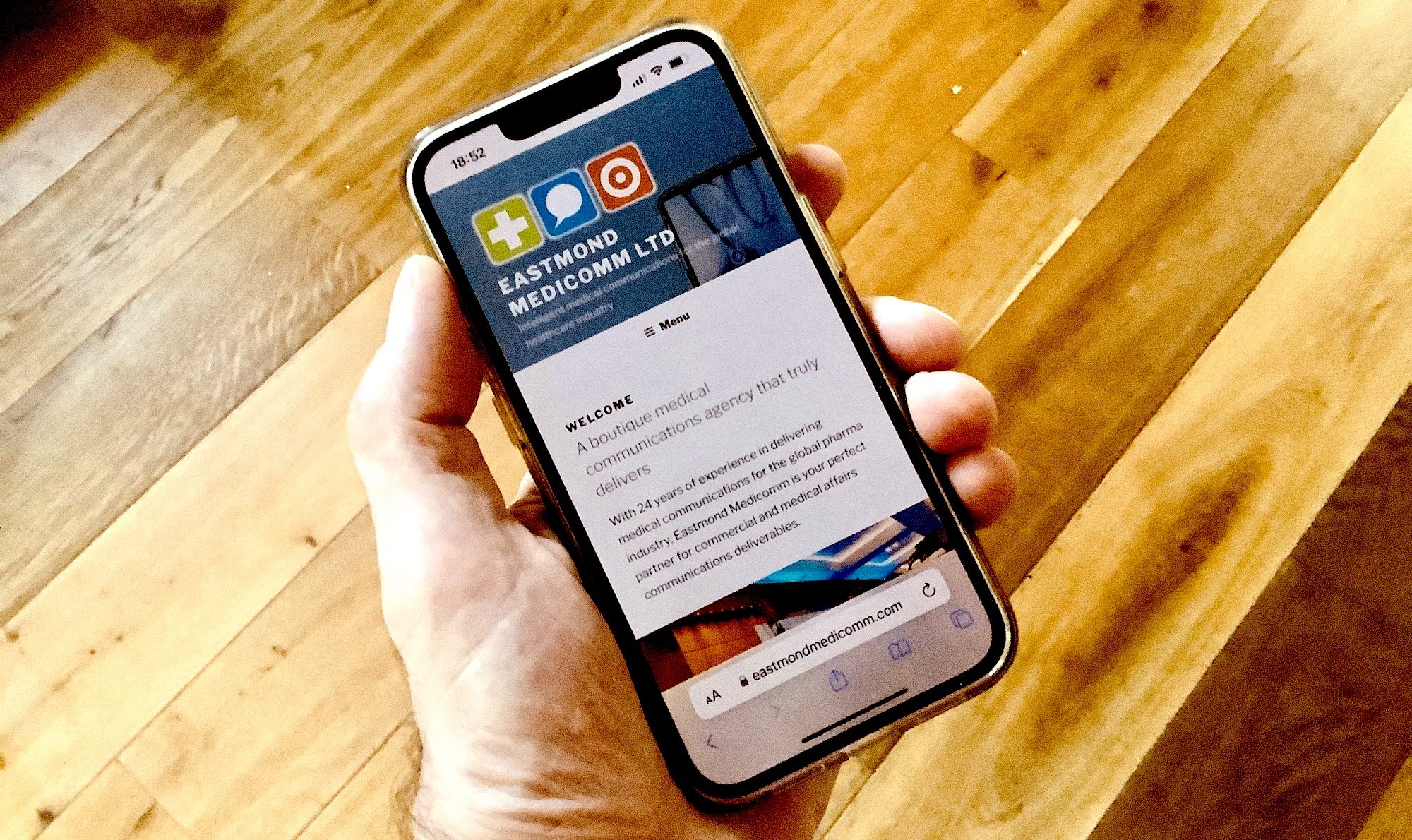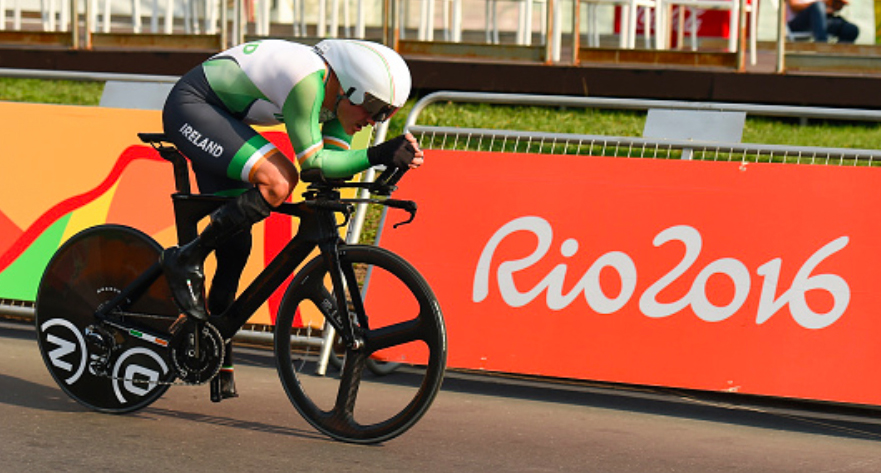Challenge:
“Can you get us into NEJM?”
Response:
Yes and no. The New England Journal of Medicine is the stone-like pinnacle of medical publishing upon which careers have been made and hopes have been dashed. Over 13 years of operation, we have submitted something like eight or so papers to NEJM. Only one of them ever made it. In order to get into NEJM, you need to satisfy the following tests:
- Will the results of your research change therapeutic approaches for the rest of forever?
- Does your proposed indication cover a lot of patients?
- Have you designed your study properly such that the sample size is correct, any stopping rules are pre-defined, no unplanned interim analyses have been done, the right analysis set is set to be fed into SAS, the hierarchical tests are predefined and sound, and all of that is canonised in the protocol lodged before the trial was started?
- Is your control treatment (if applicable) unambiguous and logical?
If all above the above are affirmative, then you have a chance. But only a chance. NEJM rejects more than 90% of everything it receives; so if you are accepted, you are in the top <10% of submitted works.
If your paper is rejected from NEJM, and you come to us suggesting Lancet or JAMA, then you may not see us roll our eyes on a telecon, but trust us that we are. Going from a NEJM rejection to a Lancet or JAMA submission is insane. The reasons are twofold:
- They apply the same standards.
- They use the same reviewers.
So, if you have been bounced from NEJM, your most sensible route is to submit to a top-flight specialist journal., and suggest reviewers to the journal editorial team. For all of those eight or so NEJM submissions we mentioned above, all of them selected Lancet and the secondary, and all were rejected outright. There is no point pursuing this. From there, most went for JAMA next, and were similarly rejected. We will tell our clients this, but some still persist (often driven by author demands) to go for the next ‘biggest’ journal.
In all cases, the paper has ended up in the best two or so specialist journals in the field, which is no bad thing.
If you think you have a NEJM paper, come and talk to us about it. You will not be spared the truth because we want you to get your research out in front of doctors in the shortest time without spending a fortune..

